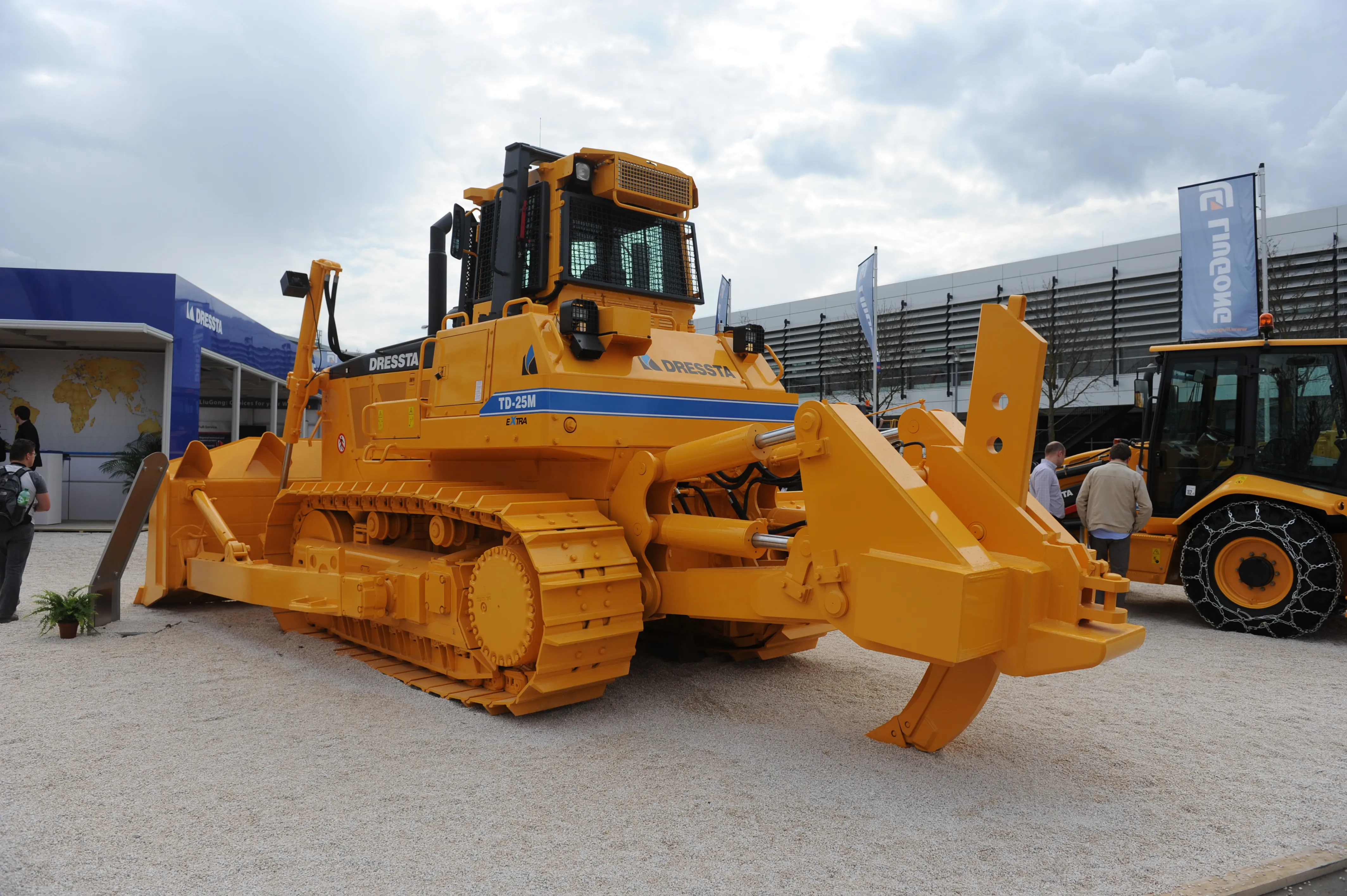Italian firm Simex has developed a versatile tool for use in tunnel excavation applications. This proven piece of equipment has been used to help construct a key tunnel link in Italy, close to the border with Switzerland. Work on the Varzo Tunnel has been carried out by Italian contractor Ceprini Costruzioni (CC).
March 13, 2013
Read time: 2 mins
Italian firm 1141 SIMEX has developed a versatile tool for use in tunnel excavation applications. This proven piece of equipment has been used to help construct a key tunnel link in Italy, close to the border with Switzerland. Work on the Varzo Tunnel has been carried out by Italian contractor Ceprini Costruzioni (CC).
The final phase of this three-phase project required the installation of two-hinged steel ribs every 1.75m, anchored to ties with a C-shaped fastening element (totalling 44 elements). Another task was the laying of a 10x10cm, 6mm diameter wire mesh covering up to 18cm of fibre-reinforced shotcrete. One of the major challenges of the third phase was to cut around 20cm deep and 40cm wide into the crown of the tunnel in order to create the inserts for the steel ribs. A solution to the problem was offered by Simex, which designed a special rotary cutter derived from the model TF 800.
Attached to a2300 Komatsu PC138 US short-radius excavator, and featuring a modified boom and special bracket (both supplied by Grifo workshops in Perugia), the rotary cutter made it possible to make the inserts for the steel ribs. The use of a hydraulic breaker for the application was immediately discarded by CC due to the length of time associated with its use and the lack of optimum precision, with the possible introduction of dangerous vibrations into the crown near the deteriorated area. CC decided to use a pair of Komatsu PC 138 US excavators and two Simex TF 800/V rotary cutters. The cutters were equipped with drums measuring a width of 400mm and diameter of 1100mm, and fitted with 144 Betek VC 33 bits with a 22mm bit holder. Both cutters were said to have proven productive and reliable and were operated without interruption for 164 hours each.
View more stories
The final phase of this three-phase project required the installation of two-hinged steel ribs every 1.75m, anchored to ties with a C-shaped fastening element (totalling 44 elements). Another task was the laying of a 10x10cm, 6mm diameter wire mesh covering up to 18cm of fibre-reinforced shotcrete. One of the major challenges of the third phase was to cut around 20cm deep and 40cm wide into the crown of the tunnel in order to create the inserts for the steel ribs. A solution to the problem was offered by Simex, which designed a special rotary cutter derived from the model TF 800.
Attached to a
Stand: B3.222
View more videosView more stories








